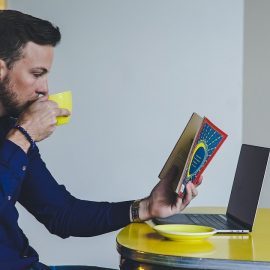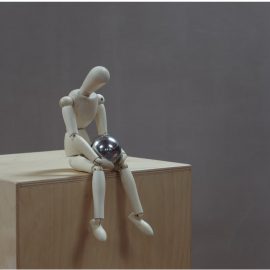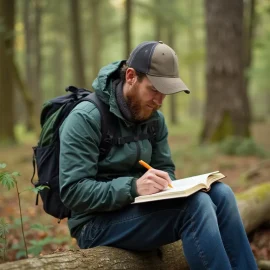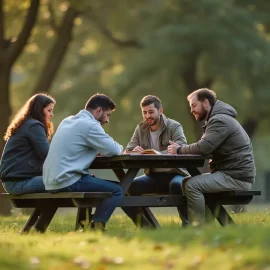
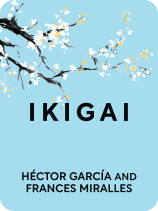
This article is an excerpt from the Shortform book guide to "Ikigai" by Héctor García and Francesc Miralles. Shortform has the world's best summaries and analyses of books you should be reading.
Like this article? Sign up for a free trial here .
How do you find your ikigai, according to the Japanese? Are there any specialized practices for helping people discover their ikigai?
The Japanese say that you shouldn’t worry too much about finding your ikigai. Instead, let your ikigai find you as you occupy yourself with doing the things you love in the company of your favorite people. That said, you can still benefit from working to find your ikigai in a relaxed but focused way.
This article introduces two useful methods that can help you find your ikigai.
How to Find Your Ikigai
The word ikigai is essentially the Japanese equivalent of the French raison d’être, meaning a person’s reason for existing or life purpose. Your ikigai is hidden deep within you, so you have to search for it.
To find your ikigai, you need ask yourself yourself four questions:
- what do I love?
- what am I good at?
- what can I be paid for?
- what does the world need?
If you want to follow a more systematic approach, you can also look into logotherapy and Morita therapy. Even though these are both formalized systems of psychotherapy, general knowledge of their principles can be useful for finding your ikigai regardless of whether or not you receive actual treatment.
Logotherapy
Logotherapy is unique among Western forms of psychotherapy because it focuses explicitly on helping people find meaning. Like ikigai, logotherapy says we don’t create our life’s meaning. Instead, we discover it.
The formal practice of logotherapy takes place in five steps or stages:
- Someone feels empty or anxious.
- A therapist helps the person realize that her negative feelings are really the desire for a meaningful life.
- The patient discovers her life’s purpose, relative to that moment in time.
- The patient freely accepts that purpose.
- With her newfound passion for life, the patient now overcomes her problems and sorrows.
Morita Therapy
Another possible aid for finding your ikigai comes from Morita therapy, a Japanese form of life therapy specifically based on finding your purpose. Morita therapy teaches people in psychological crisis to accept their emotions instead of trying to control them. It says your emotions will automatically change when you change your actions, and as this happens, your purpose will become clear.
The practice of Morita therapy takes place in four stages. The first stage is a week of absolute bed rest and total silence. This creates an extended space for doing nothing but watching your mind, thus clearing away the layers of manic mind activity that obscure your purpose.
The second and third stages take the patient through a multi-stage reintroduction to active living and working. Activities include keeping a diary, practicing breathing exercises, walking, and doing chores, while still maintaining mostly silence so the patient can continue to reflect.
The fourth stage has the patient return to the world and social life as a newly inner-directed person with a clear sense of purpose. The patient now knows who they are and what they’re supposed to do.

———End of Preview———
Like what you just read? Read the rest of the world's best book summary and analysis of Héctor García and Francesc Miralles's "Ikigai" at Shortform .
Here's what you'll find in our full Ikigai summary :
- How to apply the concept of ikigai, or life purpose, to your own life
- Why the people of Okinawa live longer than people anywhere else
- The 10 commandments of ikigai

